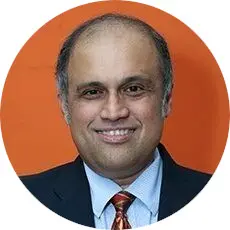On August 18, 1920, the 19th Amendment to the Constitution was finally ratified, enfranchising all American women and declaring for the first time that they, like men, deserve all the rights and responsibilities of being an American citizen. This was a lengthy and brutal journey of nearly 100 years to finally win the right of women’s suffrage in the United States.
Globally, in many societies and cultures, women still face gender inequality and discrimination whether it be in sports, employment, and even in financial inclusion. In terms of the percentages banked, women tend to lag behind, due to unequal gender roles, gender biases, and less economic opportunities. For example, according to the International Labor Organization, the current global labor force participation rate for women is just under 47%, while for men, it is 72%. That’s a difference of 25 percentage points, and this is often a best-case scenario: some regions face a gap of more than 50 percentage points. Consequently, women who want to work experience a larger difficulty in finding a job than men. This problem is prominent in many developing regions – such as Northern Africa and Asia to name a few, where unemployment rates for women exceed 20%, and women are more likely to work in informal employment with relatively very low-pay. This has been proliferated due to the COVID-19 crisis, which has caused unprecedented job losses, especially for women, and has thus further widened gender gaps.
According to the World Bank, globally, 74 percent of women have an account at a financial institution compared with 78 percent of men: lagging behind by 4 percentage points, and in developing economies, they remain 6 percentage points behind than men. Additionally, globally, out of the 1.4 billion adults who do not have bank account, 54 percent are women.
This gender gap could be possibly due to gender roles, inequalities in employment, and legal and cultural barriers. Gender inequality for employed women could mean receiving a low income, and for unemployed women, there would be little to no economic opportunity. It is also harder for women to be an entrepreneur and start a small enterprise, as women are less likely to own property to offer as collateral to seek a startup loan from traditional financial institutions and get the financing they need to grow their businesses, especially in developing countries. According to the World Bank, the need for credit among women-owned MSME’s in emerging markets is estimated to be at $1.7 trillion.
Financial inclusion provides women the ability to generate income, build assets, manage financial risk, and be a part of the global economy. Financial services have to prioritize gender equality as a main focus in an effort to flatten the curve of gender gap. Financial inclusion would give women an equal opportunity to fundamental financial services including credit, loans, insurance, payments, savings, and financial education, to help improve their overall well-being.
There has been some improvement in women’s access to financial services. For example, according to the World Bank, in India, the gender gap in financial inclusion has shrunk from 22% to being nearly insignificant in the last decade alone. FinTech is also playing a key role: in Kenya, mobile money services have enabled women-headed households to increase their savings by more than 20%, allowed approximately 185,000 women to leave farming and develop business or retail activities, and helped reduce extreme poverty among women-headed households by ≈20 percent.
Globally, financial inclusion for women has taken a center stage and worldwide financial service providers are making efforts to incorporate gender equality in their services, and governments are working on public policies, regulations, and initiatives to close the gender gap and promote women empowerment. We all need to understand this issue and support/advocate for women in business, STEM, education, etc. and the global and financial empowerment of women, where we can.
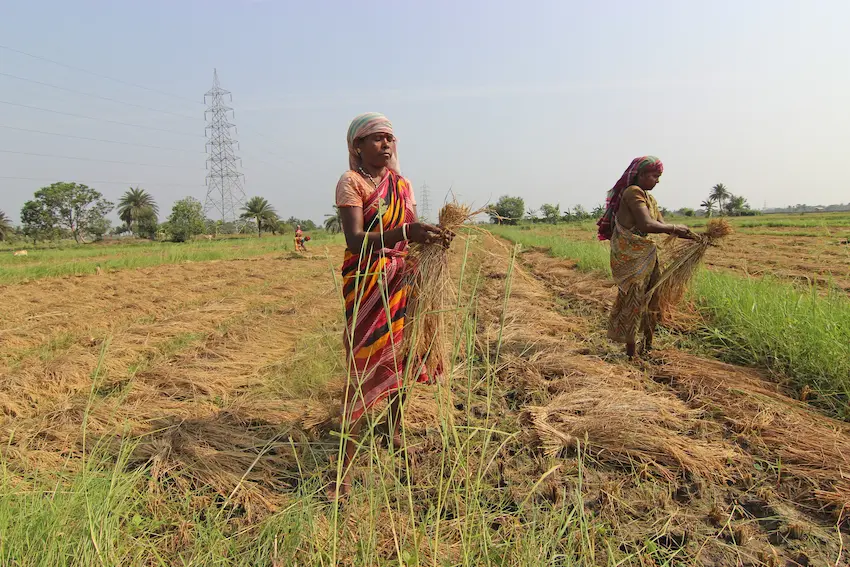





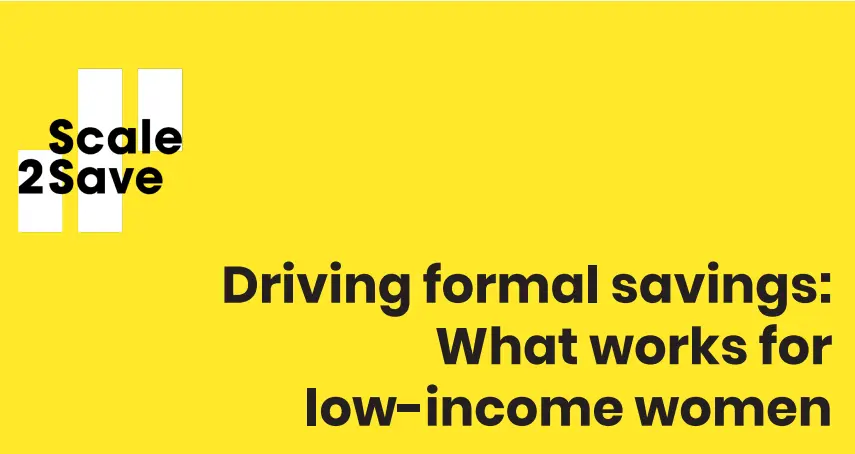
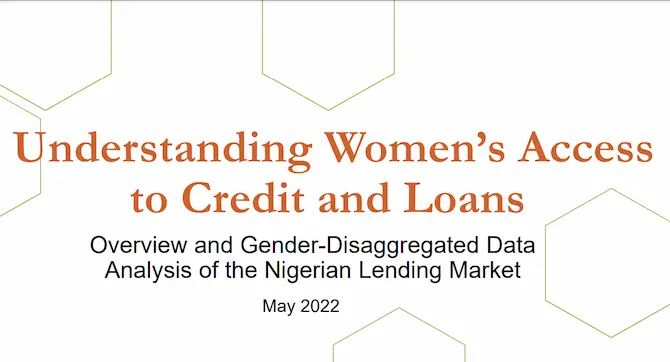

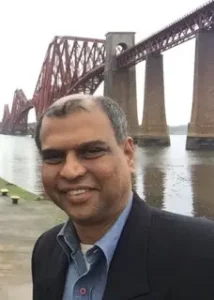
 Raj Mehta – Financial Education Instructor
Raj Mehta – Financial Education Instructor